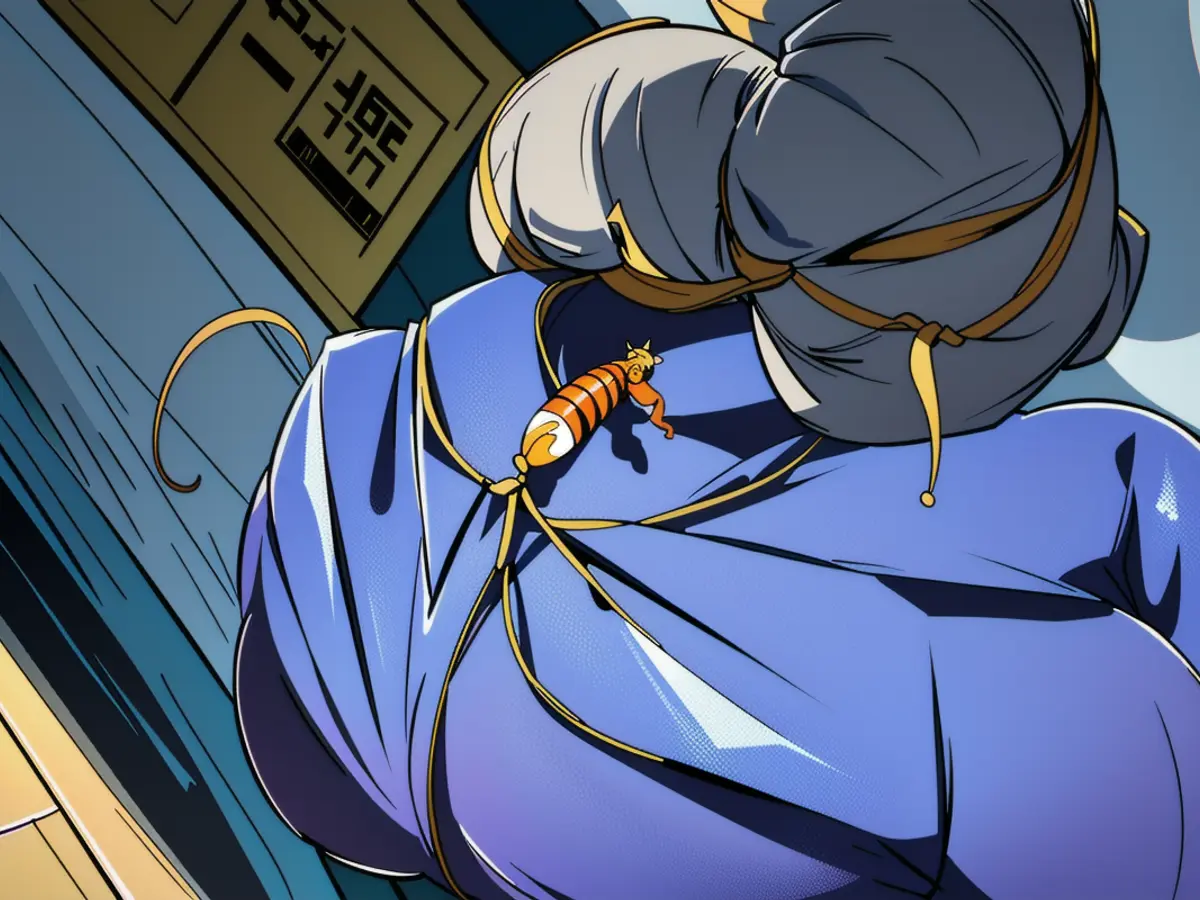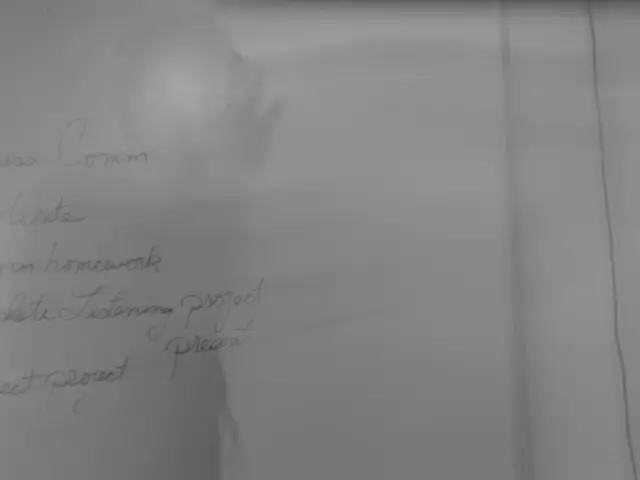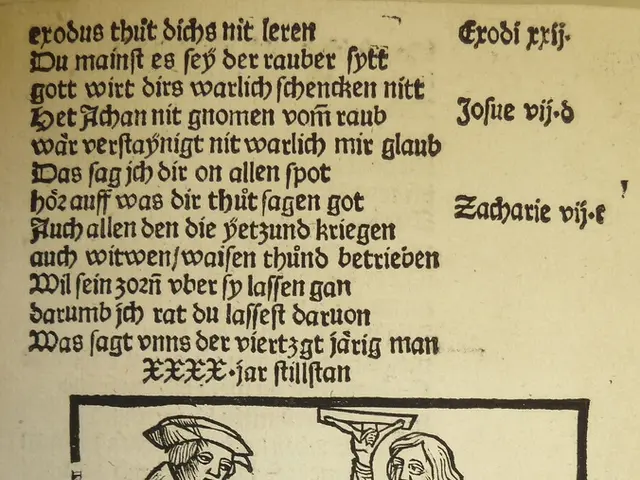Title: Unveiling the Flight Ranges of Bees: A QR Code Study
In our modern-day analogy, we likened diligent workers to buzzing bees, but recent studies suggest honeybees are more akin to office employees, as shown in a groundbreaking study published in November's HardwareX journal.
Scientists and engineers from the U.S. attached QR codes to the backs of tens of thousands of honeybees in rural Pennsylvania and New York, making history in their use of this technology. The aim was to understand the accuracy of the belief that honeybees can travel up to 6.2 miles (10 kilometers) from their hives for food.
As co-author Margarita López-Uribe, an entomologist at Pennsylvania State University, stated in a university press release, "the goal is to determine if the 10-kilometer estimation is biologically accurate. Can we figure out exactly how far honeybees travel from their hives?"
The QR codes—called fiduciary tags—operate like badges in an office building. engineered an automatic imaging system with a sensor at the hive entrance to capture each bee's entry or exit, allowing researchers to track their individual foraging times. Data recorded included the bee's ID, date, time, temperature, and whether the bee was entering or exiting.
The innovative approach is delivering valuable insights into honeybee behavior that traditional entomology fieldwork could never provide.
"This technology opens up opportunities for biologists to study systems in ways that weren't previously possible, especially in relation to organic beekeeping," said López-Uribe. Organic beekeeping mandates maintaining a certain distance from industrial regions to prevent bees from collecting polluted pollen. However, since the common bee foraging distance is unknown, USDA recommendations for organic certification might be inaccurate.
The team tagged over 32,000 bees across six apiaries with QR codes no larger than a human pinky nail, ensuring minimum disruption to the bees.
The researchers discovered that most trips from the hive lasted between one and four minutes, which could suggest bathroom breaks or weather checks. Yet, 34% of the tagged bees ventured out of the hive for over two hours.
Foragers may be traveling farther during periods with less flower abundance, as observed in longer excursions. However, the data could be skewed by bees never returning or entering the hive upside down, obscuring the QR code from the sensor.
The researchers also found that bees live longer and forage for longer than initially thought. Entomologists earlier suggested honeybees live approximately 28 days. Yet, the team observed bees foraging for six weeks while staying in the hive for two weeks.
Bees share food source information with their hive-mates through the "waggle dance" behavior, and the research team is now tracking this to further investigate bee foraging ranges.
The Enrichment data sheds light on the effectiveness of QR codes in tracking honeybees' behavior. Key insights include:
- Most honeybees' foraging trips don't exceed 1 kilometer.
- The current understanding of bee foraging ranges can lead to overestimation of the area required for organic beekeeping.
- The study could lead to more precise and practical organic beekeeping standards.
The discovery of the limited foraging distance of most honeybees could significantly impact Future organic beekeeping practices, as reliance on Technology and advanced scientific methods like QR codes and tracking systems might become essential for more accurate USDA recommendations.
With the advancements in Science and technology, we can expect more insights into honeybee behavior, potentially revolutionizing our understanding of their role in pollination and leading to the development of improved cultivation methods for organic farms.




